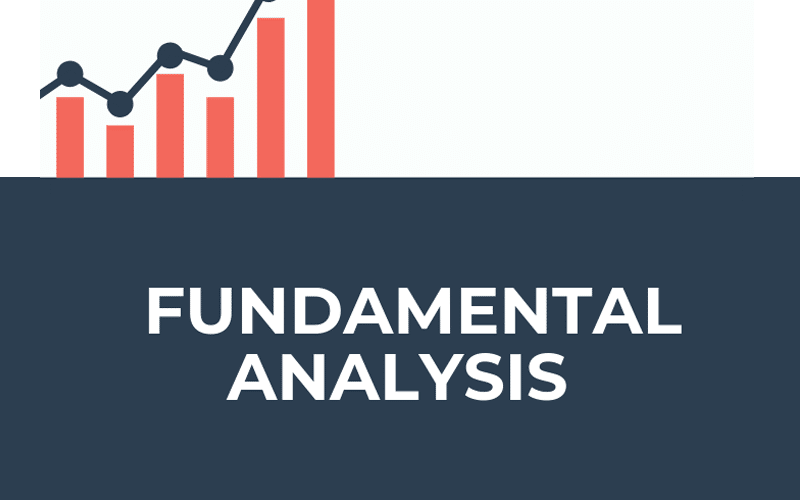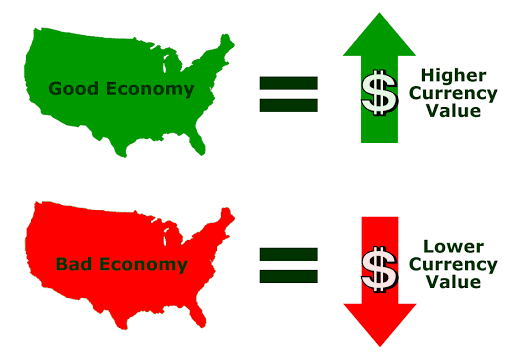Forex traders conduct two basic forms of market analysis, fundamental and technical. It is similar to how stocks are analyzed. The price is reflective of all the news and one does an analysis of charts. But, without any balance sheets for different currencies, how can they be analyzed fundamentally? In this article, we go through the components that affect the movement of currencies.
Those who want to benefit from forex trading must be able to do fundamental analysis. It refers to assessing the forex market on the basis of global factors that affect the demand and supply of currencies.

The important thing is looking at the factors that influence this demand and supply, which brings us to…
Factors for Fundamental Analysis
Fundamental analysis looks at the value inherent in an investment and its relevance in forex is based on the study of central economic conditions that influence how the currencies are going to be valued. Here are some of those factors that are fundamentally important in the valuation of a currency.
Economic Indicators
Reports from international organizations and governments are released periodically that indicate the performance of an economy. They measure the health of an economy but it is good to keep in mind other determinants, including policies, which affect the performance of an economy and not just those mentioned within the reports.

Any deviation from what is normally expected can lead to huge fluctuations in the movements of volume and price. These reports can include numbers concerning unemployment, which are given a lot of attention, while other measures, such as statistics on housing, don’t receive that much coverage. But, each indicator is part of the report for a special purpose and is useful in its own right.
Gross Domestic Product (GDP)
GDP measures the value of all products and services that are produced in a fiscal year. But since the figures are of the year gone by, it is seen as a delayed indicator. That is why most traders tend to pay attention to the preliminary reports that come out. When there are big revisions to the final reports, the currencies can be subject to greater volatility.
Consumer Price Index (CPI)
CPI measures the price of a basket of goods in hundreds of disparate categories. This can be compared to exports of the country to see how much money the country is making or losing. Traders tend to focus on exports since their value change is based on the fluctuating value of the currency.
Industrial Production
This factor highlights the increase or decrease in the capacity of industries, factories, and mines in a country. For a country, it is better to work at almost full capacity while also increasing the capacity.
Most traders who look at industrial production capacity tend to focus on utility production as this is one industry that is affected greatly by weather changes. Whenever there are huge revisions due to weather changes, the currency is going to experience volatility.
Using Economic Indicators
When doing fundamental analysis, it is important to have an economic calendar to stay on top of the indicators that are being released. Markets move sometimes based on the anticipation of factors to be released and it is good to keep that in mind.
Stay apprised of those indicators that most capture the attention of most traders. Some of these can catalyze market movements. It also pays to be aware of what the expectations of the market are and see whether these are met. Plus, it is good to exercise a little restrain when reacting to the news.
Conclusion
There are numerous economic indicators used to conduct a fundamental analysis of the forex market. Those mentioned herein are some of the most popular factors that traders pay attention to. But, what’s more important is how these numbers are to be seen and understood.








Leave a Reply